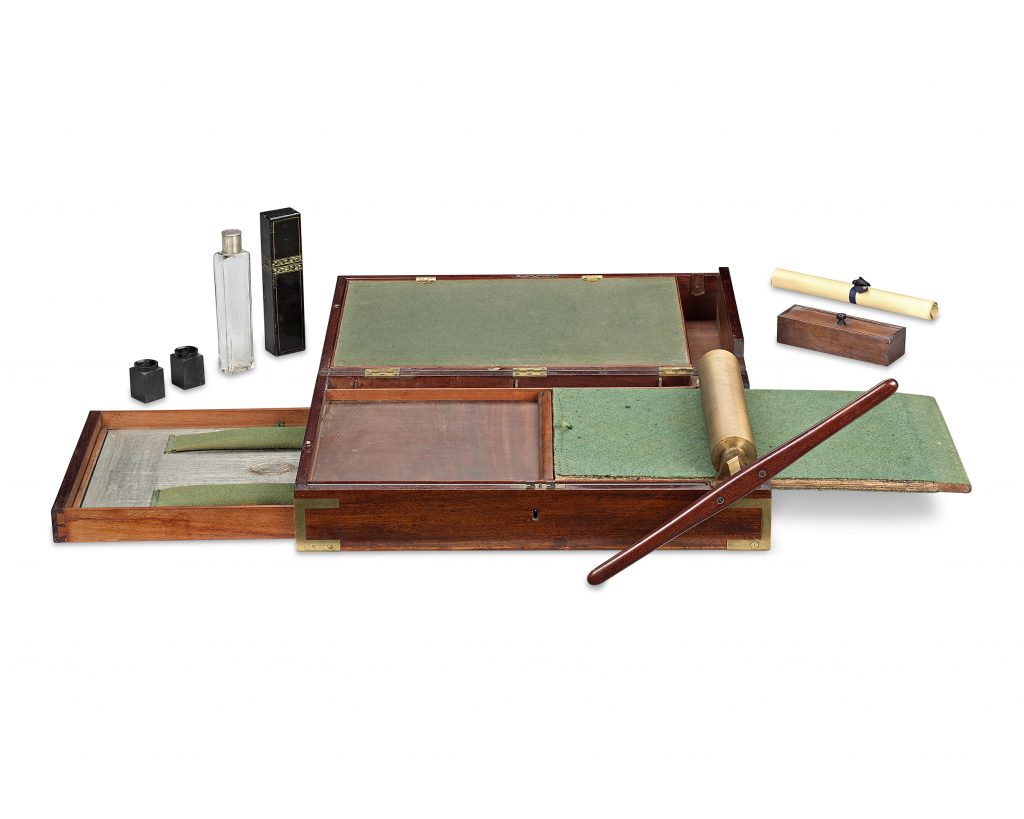In the BBC Future article ‘Inside the world of instruction manuals’ (2018) Helene Schumacher researched the history and significance of instruction manuals. One of earliest instruction manuals curated at London Science museum was created over 200 years ago by James Watts, an inventor of a steam engine and an office copy machine.
James Watts recognised the need for duplicating information on paper and went about inventing a machine that transferred damp ink from a newly written letter onto another sheet of paper. The instructions to use the copier were simple and easy to retrieve as he stuck them to the side of the machine where anyone that needed it could easily find it.
Fast forward to present day, instructions and information that accompany products have become more complex and abundant, as have the products we buy. Consumers are wanting deeper connections with brands and they want information that is simple to follow and easy to access. The need for product information still exists as we continue to consume more goods in our homes and in the workplace.
As products themselves develop, instruction manuals will need to evolve accordingly. Paul Ballard MD of 3di (technical writers) predicts: “New requirements will come up that we can’t imagine at the moment.”
Inside the world of instruction manuals
Some manuals contain images and text, some like Ikea manuals are pictograms. Many are written in multiple languages making them look like encyclopedic editions. A significant change since James Watts glued copier instructions to the side of his machine is the advent of the digital age. Just about every person I know over the age of 15 has their own smart device and use it every day.
Businesses use analytic tools to determine if user manuals reduce costs so they invest in developing accurate and functional documents. When more consumers use manuals less care and service calls are made. Information and instructions play a big part in the customer experience and they need to be adapted to how individuals consume information.

